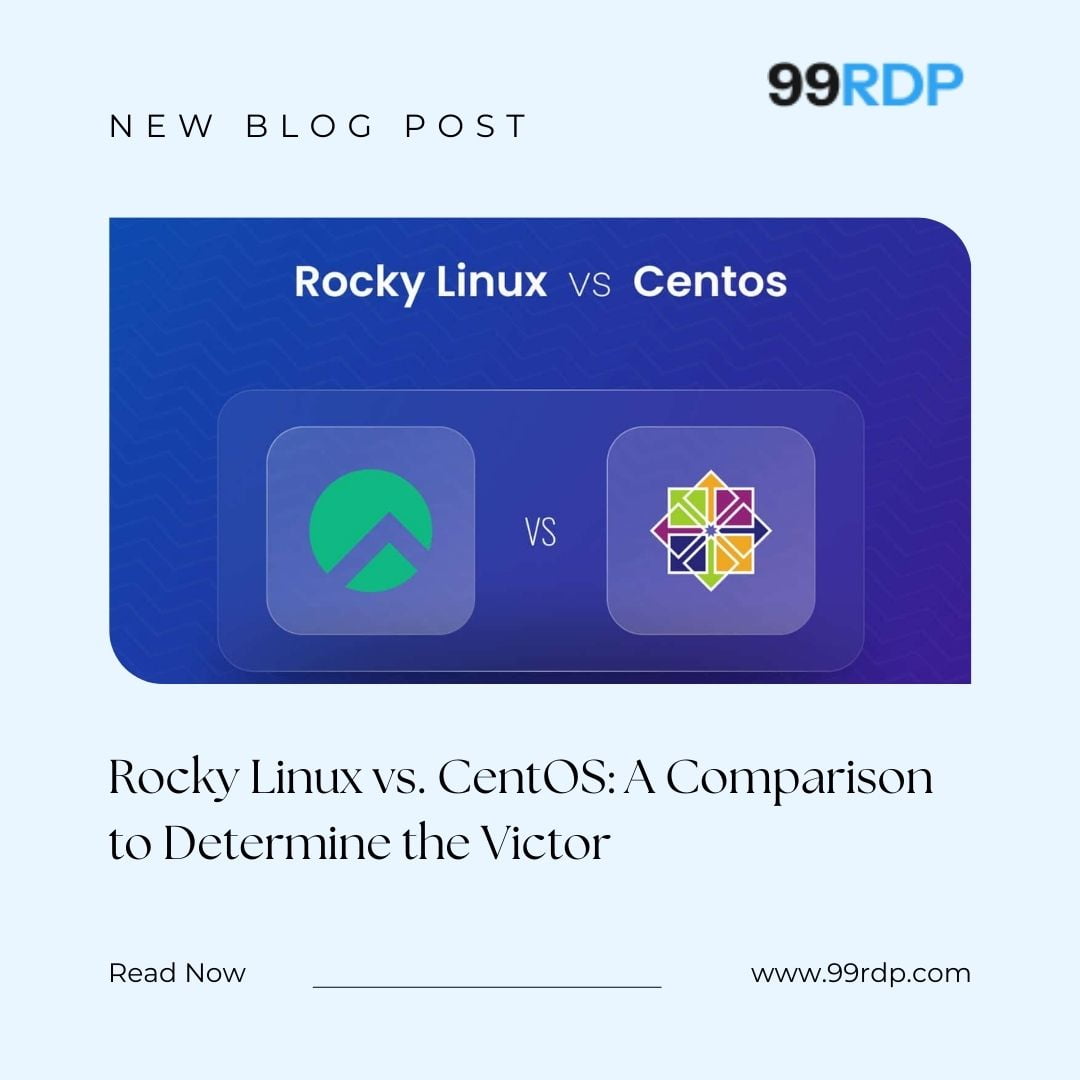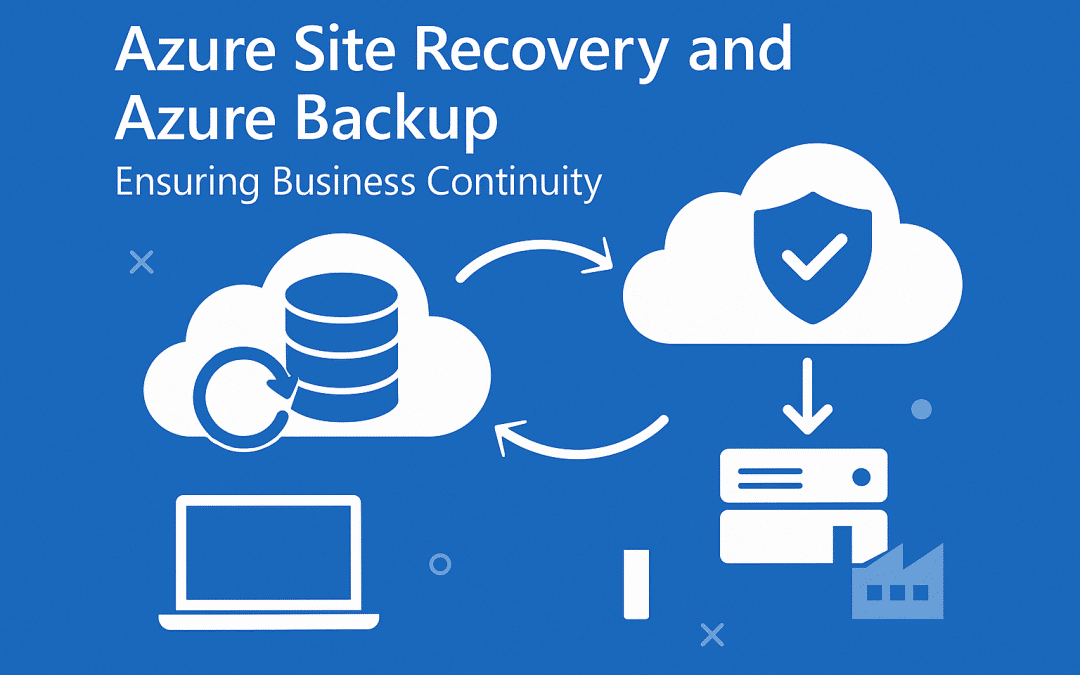
In the world of Linux distributions, choices abound. Among these choices, Rocky Linux and CentOS have emerged as powerful contenders, offering robust solutions for various purposes. This article dives into a detailed comparison of Rocky Linux vs. CentOS to help you determine the victor in the battle of these two open-source giants.
As a free and open-source alternative to CentOS, the relatively young operating system Rocky Linux has grown in popularity. It is built using the RHEL source code and offers users a secure, dependable, and stable environment for business applications. Since its debut, Rocky Linux has received much praise as one of the top alternatives to CentOS, whose official support was discontinued by Red Hat in 2020. Rocky Linux intends to offer customers a feature-rich, user-friendly experience that is ideal for both individual users and companies, with a focus on stability, performance, and support. Before learning more about the new Linux version and comparing Rocky Linux to CentOS, we have a special offer for you.
Describe Rocky Linux.
In response to Red Hat’s declaration that the development method for CentOS would change, the free and open-source enterprise operating system distribution Rocky Linux was developed.
The benefits and drawbacks of Rocky Linux are as follows:
It is intended to be a direct replacement for CentOS, a very well-liked operating system. Rocky Linux will so seem familiar if you are already familiar with CentOS.
- It is concentrated on enterprise characteristics and stability. So it might be beneficial for servers.
- Gregory Kurtzer, the original founder of CentOS, supports it. There is therefore knowledge behind it.
- As is the case with every new open source project, the future is yet unclear. There’s a danger it won’t get up enough speed.
- It may lack some flexibility for desktop use or newer technology previews because it is concentrated on enterprise functions.
Describe CentOS.
Based on the Red Hat Enterprise Linux (RHEL) source code, CentOS (Community Enterprise Operating System) is a free and open-source enterprise-level operating system distribution.
The open-source community holds CentOS in high respect for its reliability and security. RHEL, which is renowned for its enterprise-grade dependability and support, benefits from the intensive testing and development that goes into it. Due to its simplicity of use and vast software package library, CentOS is also well-liked among system administrators and developers.
ALSO READ : Resolving the ‘sudo’: command not found’ Error in Linux
Background: CentOS and Rocky Linux
Before delving into the comparison, let’s briefly introduce both contenders:
CentOS: CentOS, short for Community ENTerprise Operating System, has been a cornerstone in the Linux world for over a decade. It has been known for its enterprise-level stability and reliability, often serving as a free alternative to the more expensive Red Hat Enterprise Linux (RHEL).
Rocky Linux: Rocky Linux is a newcomer to the Linux scene, emerging as a direct response to the discontinuation of CentOS Linux by Red Hat. It aims to fill the void left by CentOS and provide a robust, community-driven, and CentOS-compatible alternative.
Key Features of Rocky Linux
High Compatibility with CentOS
One of Rocky Linux’s primary goals is to maintain binary compatibility with CentOS, ensuring that applications and services designed for CentOS can seamlessly transition to Rocky Linux.
Community-Driven Development
Rocky Linux boasts a strong community of developers and contributors, making it a genuinely open-source project. This community-driven approach ensures rapid development and continuous improvement.
Long-Term Support (LTS)
Rocky Linux provides long-term support, giving users the stability and reliability needed for critical server environments.
Key Features of CentOS
Historical Significance
CentOS has a long history of being a go-to choice for server deployments, thanks to its impeccable track record in terms of stability and security.
Enterprise-Level Stability
CentOS has been trusted by enterprises worldwide for its robustness and consistent performance. It’s often seen as a cost-effective alternative to RHEL.
CentOS Stream
The introduction of CentOS Stream marked a shift in CentOS’s development model, with a focus on staying ahead of RHEL development. This move, however, left some users seeking a more traditional CentOS experience.
Installation and Setup
Rocky Linux Installation
Rocky Linux offers a straightforward installation process, making it accessible to both beginners and experienced users. The installation wizard guides you through the setup, ensuring a hassle-free experience.
CentOS Installation
CentOS also provides a user-friendly installation process, with options for various desktop environments or a minimal server setup.
Package Management
DNF Package Manager in Rocky Linux
Rocky Linux uses the DNF package manager, known for its efficiency and dependency resolution capabilities.
YUM Package Manager in CentOS
CentOS historically used YUM as its package manager, though CentOS Stream introduced a shift toward DNF.
User Experience
Desktop Environments
Both Rocky Linux and CentOS offer multiple desktop environments, allowing users to customize their Linux experience to suit their preferences.
Command-Line Interface
For those who prefer the command line, both distributions provide robust terminal experiences with access to extensive command-line utilities.
Security
Security Updates and Patches
Both distributions prioritize security updates and timely patches to keep your system protected from vulnerabilities.
Community Support for Security
Rocky Linux and CentOS benefit from active communities that share security best practices and solutions.
Performance and Resource Usage
Resource Efficiency
Rocky Linux and CentOS are known for their resource-efficient nature, making them suitable for a wide range of hardware.
Performance Benchmarks
Detailed performance benchmarks can help you make an informed choice based on your specific needs.
Community and Support
Community Forums and Resources
Both distributions have active forums, wikis, and documentation to aid users in troubleshooting and learning.
Commercial Support Options
For enterprises seeking professional support, various companies offer commercial support for both Rocky Linux and CentOS.
Use Cases
Server Deployments
Both distributions excel in server deployments, ensuring stability and security for critical applications and services.
Development Environments
Developers will find an array of development tools and libraries available on both Rocky Linux and CentOS.
Cloud Compatibility
Both distributions have cloud images available, making them suitable for cloud-based deployments.
Migration from CentOS to Rocky Linux
If you’re considering migrating from CentOS to Rocky Linux, we’ll explore the steps and challenges involved.
User Feedback and Popularity
Discover what the Linux community and users have to say about their experiences with Rocky Linux and CentOS.
ALSO READ : Windows VPS: Redefining Server Virtualization
Conclusion
Choosing between Rocky Linux and CentOS boils down to your specific requirements and preferences. Rocky Linux shines with its commitment to CentOS compatibility and community-driven development, while CentOS retains its historical significance and enterprise stability. Evaluate your needs and resources to determine which distribution aligns better with your goals.
FAQs
- Is Rocky Linux a direct replacement for CentOS? Rocky Linux aims to be a direct replacement for CentOS, providing compatibility and stability.
- What are the primary differences between CentOS and Rocky Linux? Differences include the development model (community-driven for Rocky Linux vs. CentOS Stream for CentOS) and the timeline of updates.
- How do I choose between Rocky Linux and CentOS for my server? Consider your need for compatibility, long-term support, and your comfort with the development model when making a choice.
- Can I migrate my existing CentOS servers to Rocky Linux? Yes, migration paths and tools are available to transition from CentOS to Rocky Linux.
- Which distribution has better performance? Performance can vary depending on your use case, so it’s essential to benchmark both distributions for your specific needs.



